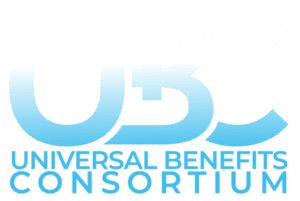A fully-insured health plan is the most traditional route of insuring employees. Employers pay a fixed premium to an insurance company for the employees that are enrolled in the health plan, and the company covers those employees’ medical and pharmacy claim expenses.
Fully-insured health plans can be more expensive than self-funded plans, but they can also offer more financial predictability. Some potential downsides include less flexibility in plan design, higher taxes, possible rate increases.
The insurance company pays medical claims based on the benefit outline, and employees must pay any deductibles or copays required for covered medical services under the policy. If claims cost exceed the premiums received, then it’s the insurance companies responsibility to cover the difference.




